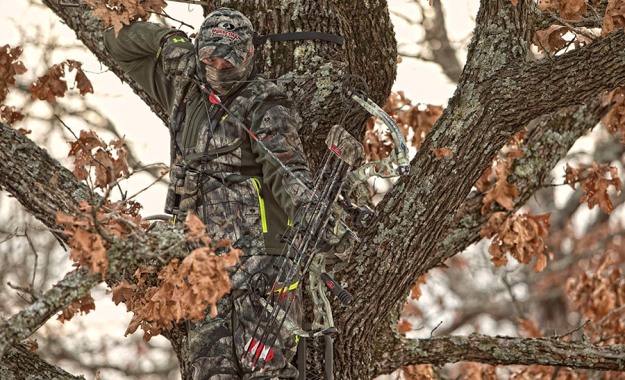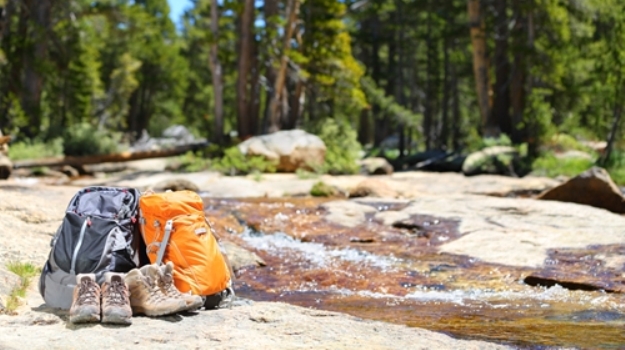by John Phillips

Allen Conners of Gadsden, Alabama, has won the title of World Champion Target Archer numerous times. He’s captured the Archery Shooters Association Shooter of the Year award, the Cabela’s Championship and the Buckmasters World Championship. Conners became a target archer to improve his bowhunting skills. “I shoot targets when I can't go hunting,” he says.
The pro notes that over the years he’s learned that some little, simple things often cause hunters to miss chip shots at big bucks in front of their broadheads. Here, he helps us fix a few of those things so we’ll shoot well on deer this fall.
Go Short and Light
I believe the two most important factors in shooting a bow more effectively include shooting a draw length shorter than you normally do, and shooting less weight than you actually can pull,” he says. “You'll have a better chance of getting off a good shot when you shoot a bow with a shorter draw length. Even if you shoot your normal draw length, when you have on bulky clothes in the fall or winter, there’s a greater chance the bowstring will hit your clothing and throw off your shot than if you shoot a slightly shorter draw.
Conners also points out that position-wise, shooting from a tree stand or a blind can be a lot different than firing arrows in your backyard. “When you have to bend, twist or turn to get off a shot at a deer, and again when have on bulky clothes, your string is much more likely to hit your clothing and cause a miss,” he says.
If you normally shoot a 29-inch draw length, Conners suggests you shorten it to 28 ¾ inches for deer hunting. By shortening your draw length only a quarter-inch or so, you can alleviate some of those problems. “I hunt with a bow that has a half-inch shorter draw length than the bow I shoot in tournament archery,” he says.
Bowhunters tend to shoot the max weight they can pull. “When you shoot in your backyard, pulling the maximum amount of weight doesn't present a problem,” notes Conners. “However, what happens to your body when it gets cold and remains immobile for many hours while you sit in a tree stand? You won't have an opportunity to get your muscles warm, stretched and prepared for a shot when a deer appears.
But if you shoot a lighter weight for hunting, you’ll be able to draw more smoothly and get off the shot more easily and cleanly than if you struggle to pull your bow back. How much weight you can pull won't matter if you spook or miss the deer.”
I never understand why a person will buy a high-quality bow and then put inexpensive accessories on it,” says Conners. “When you choose an arrow rest, sight, stabilizer, quiver, etc. you need to remember that each of those accessories in some way influences how well and how quiet your bow shoots.”
The pro recommends you select high-quality accessories that have a history of good performance in the field. Don't pick the cheapest, no-name accessories you can find and expect them to perform well.
Photo credit: www.greatoutdoorstudios.com




























